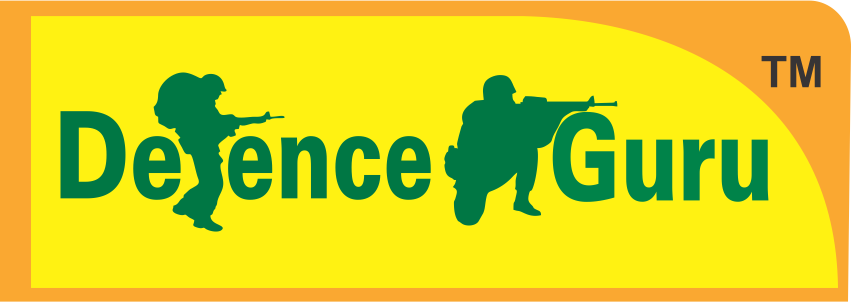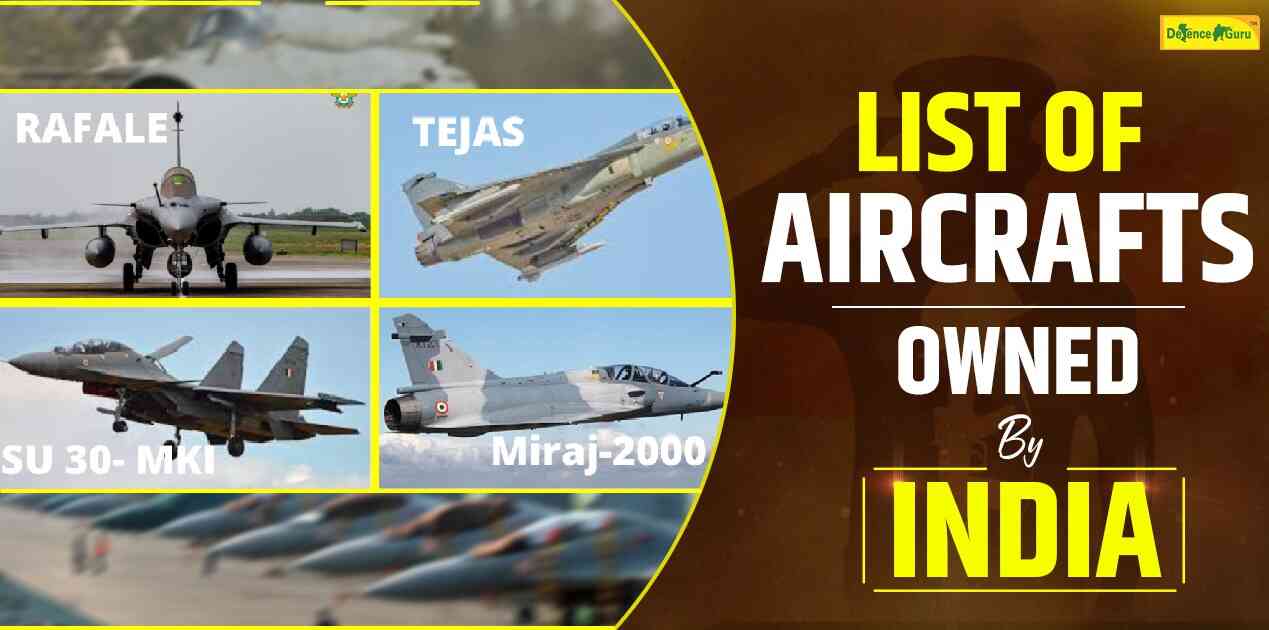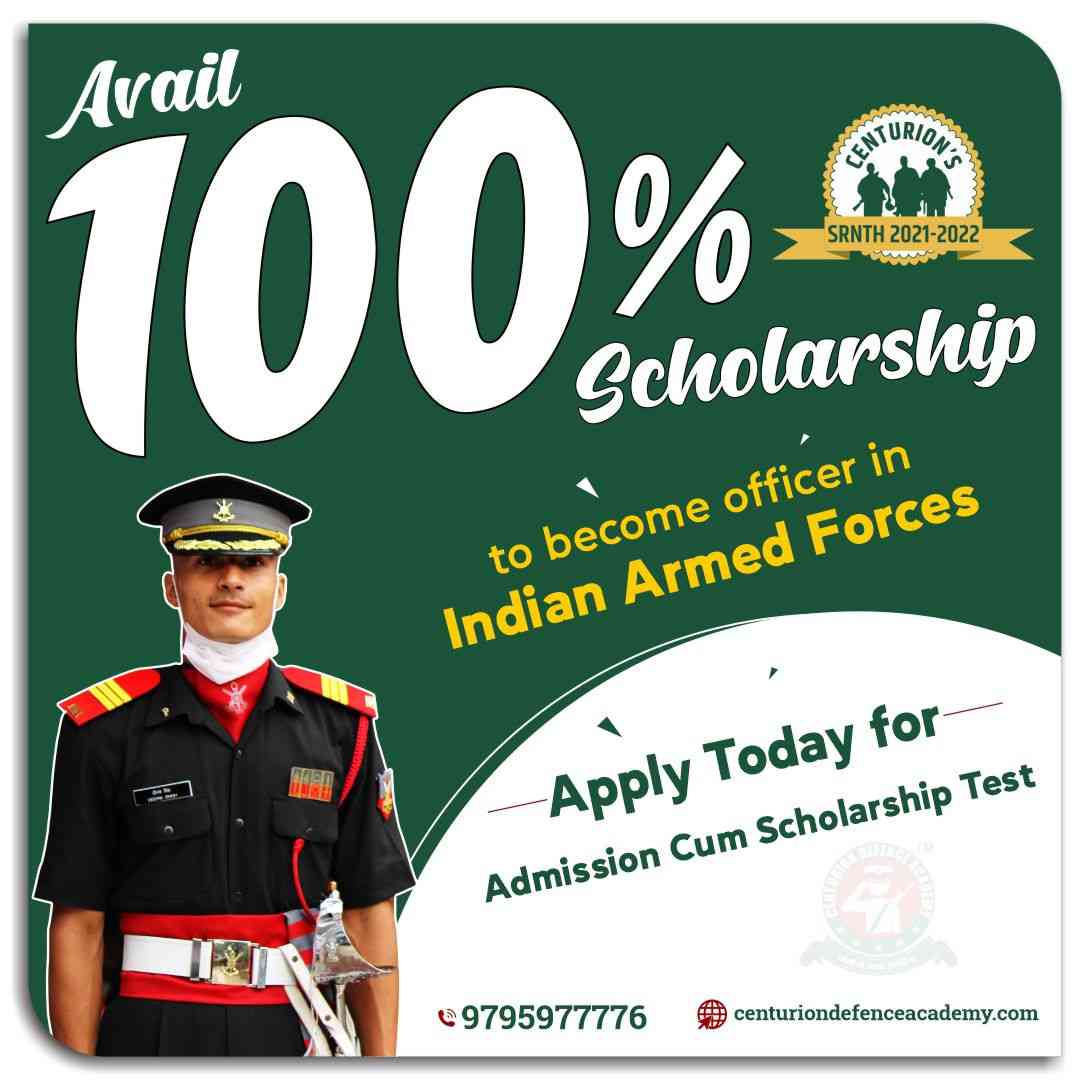Established on October 8, 1932, the Indian Air Force (IAF) marks its 89th year of exceptional service to the nation in 2025. Over the decades, the IAF has grown to become the fourth-best air force in the world. With a dedicated force of 180,000 personnel and a fleet of 1,750 aircraft, it stands as one of the most advanced, powerful, and prestigious air forces globally. Its motto, "Touch the Sky with Glory," reflects its lofty vision and commitment.
The IAF's mission is to serve the nation, safeguarding its airspace during conflict and engaging in critical non-military operations during peacetime, such as evacuations, disaster relief, surveillance, and special operations.
In times of war, the IAF’s primary objective is to secure Indian airspace from enemy threats. Its diverse fleet is equipped to handle a range of operations, from attacking enemy targets to providing logistical and defence support. Each aircraft in the IAF's inventory is designed for a specific purpose, whether for air combat, surveillance, or transport.
History of India's First Air Force Aircraft
The IAF's early inventory was dominated by Russian aircraft, but it began with four Westland Wapiti aircraft. At that time, the IAF had just six officers trained by the Royal Air Force (RAF).
Notable milestones include:
- 1961: The IAF's first mission with the United Nations was during the Congo Crisis, where Canberra’s were deployed.
- 1962 Sino-Indian War: Aircraft were mainly used for supply missions.
- 1965 Indo-Pak War: MiG-21s were used in defensive operations.
- 1971 Indo-Pak War: The IAF played a crucial role in the victory, showcasing its power and influence.
Other significant operations include Operation Vijay, Operation Meghdoot, Operation Cactus, and Operation Poomalai.
The IAF sources its aircraft and equipment from countries such as Russia, Britain, France, Israel, and the United States, alongside domestically manufactured aircraft in India.
Classification of IAF Aircraft
The IAF's fleet is categorized into nine main types:
1. Combat or Fighter Aircraft
2. Airborne Warning and Control System (AWACS)
3. Reconnaissance Aircraft
4. Electronic Warfare Aircraft
5. Transport Aircraft
6. Helicopters (Attack & Transport)
7. Trainer Aircraft
8. Aerial Refuelling Aircraft
9. Unmanned Aerial Vehicles (UAVs or Drones)
Fighter Aircraft
These aircraft are designed for a variety of combat roles, including air-to-air, air-to-ground, anti-ship, and anti-submarine attacks.
MiG-21: Inducted in 1962 as the first supersonic fighter, the MiG-21 served the IAF with distinction until it is set to be phased out by 2025.
MiG-29: Introduced in 1985, this twin-engine fighter, renamed "BAAZ," is a versatile multi-role aircraft that proved invaluable during the 1999 Kargil War.
Jaguar: Introduced in 1973, this multi-role aircraft is capable of supersonic performance, nuclear strikes, and reconnaissance. The upgraded Jaguar Darin 3 features advanced avionics and radar capabilities.
Mirage 2000: Inducted in 1980, the Mirage 2000 demonstrated its capabilities during the Kargil War, where it successfully destroyed enemy bunkers. It is equipped with advanced avionics and MICA missiles.
Sukhoi Su-30MKI: This super-manoeuvrable fighter, inducted in 2002, has become the backbone of the IAF. It is equipped with superior avionics and capable of carrying advanced nuclear missiles.
HAL Tejas: A lightweight, multi-role, single-engine fighter aircraft, inducted in 2016, designed for air-to-air, air-to-ground, and anti-ship combat.
Dassault Rafael: A multi-role fighter from France inducted into the IAF for long and short missions. Its AESA radar makes it particularly effective in modern combat scenarios.
Airborne Early Warning and Control System (AWACS)
AWACS are airborne radar systems mounted on aircraft to track and identify air, sea, and ground targets over long distances. The IAF operates several AWACS, including:
- Phalcon AWACS (Israel)
- Netra AEW&CS (India)
- Embraer-145 jets (Brazil)
Reconnaissance and Surveillance Aircraft
Reconnaissance aircraft are equipped with sensors and cameras for gathering intelligence. UAVs and satellites have taken over many of these roles in modern times, offering real-time surveillance.
- Boeing 707
- Global 5000
- Gulfstream G100
Electronic Warfare Aircraft
These aircraft are equipped with radar jammers and deception technologies to disrupt enemy radar and communication systems. One of the most sophisticated systems is the Gulfstream III from Israel.
Military Transport Aircraft
Transport aircraft are primarily used to move troops, artillery, and supplies, and in times of disaster, for civilian evacuations and relief efforts. The IAF operates some of the largest transport aircraft in the world, including the Boeing C-17 Globe Master III.
Helicopters
The IAF's helicopters are categorized into Attack And Transport Helicopters:
Attack Helicopters: These helicopters are used for engaging and destroying enemy infantry, vehicles, and defences. Key models include:
- HAL Light Combat Helicopter
- Boeing Apache AH-64
- HAL Rudra
- HAL Dhruv
- HAL Chetak
- HAL Cheetah
Transport Helicopters: Used for troop and logistics transport. Some key models include:
- Boeing CH-47 Chinook
- Mil Mi-17
- Mil Mi-24
Military Trainer Aircraft
Trainer aircraft are used to train pilots and aircrews, offering safety features and simplified cockpit layouts. The IAF's trainer aircraft include:
- Pilatus PC-7
- HAL HTT-40
- HAL Kiran
- BAE Hawk
- SEPECAT Jaguar
- Mikoyan MiG-21
Unmanned Aerial Vehicles (UAVs)
UAVs, also known as Unmanned Aircraft Systems (UAS), have advanced significantly over the years. They are now equipped with on-board weapons, satellite connectivity, and dedicated ground stations. Some of the UAVs in the IAF's inventory include:
- IAI Harop
- IAI Heron
- IAI Searcher
- DRDO Lakshya
The IAF continues to evolve with new technologies, expanding its operational capabilities to safeguard India’s skies and serve the nation in both peace and war.
Read more:
20 Questions With Answers on Aircraft, Asked in AFSB Interview.


.jpg)





0 Comments